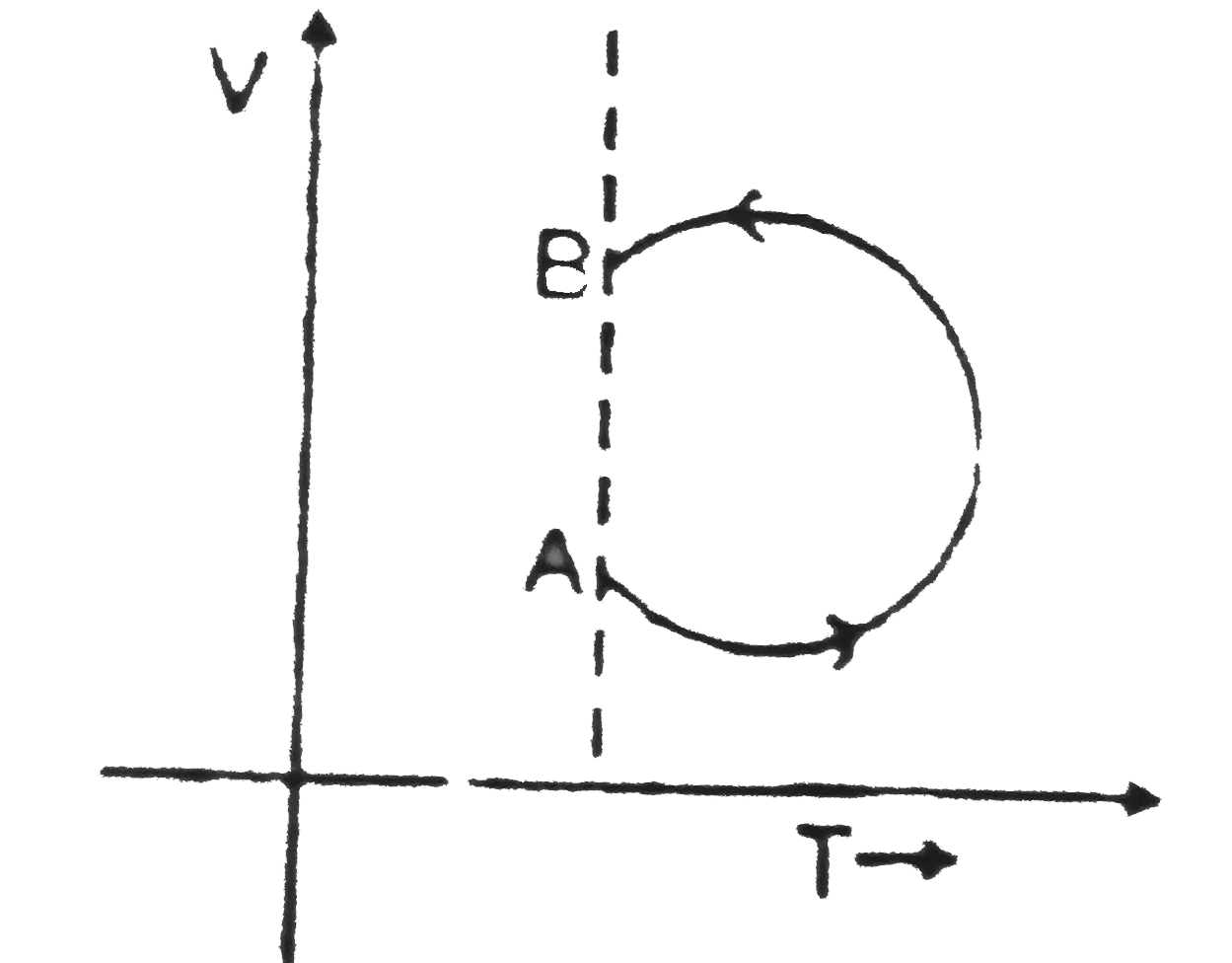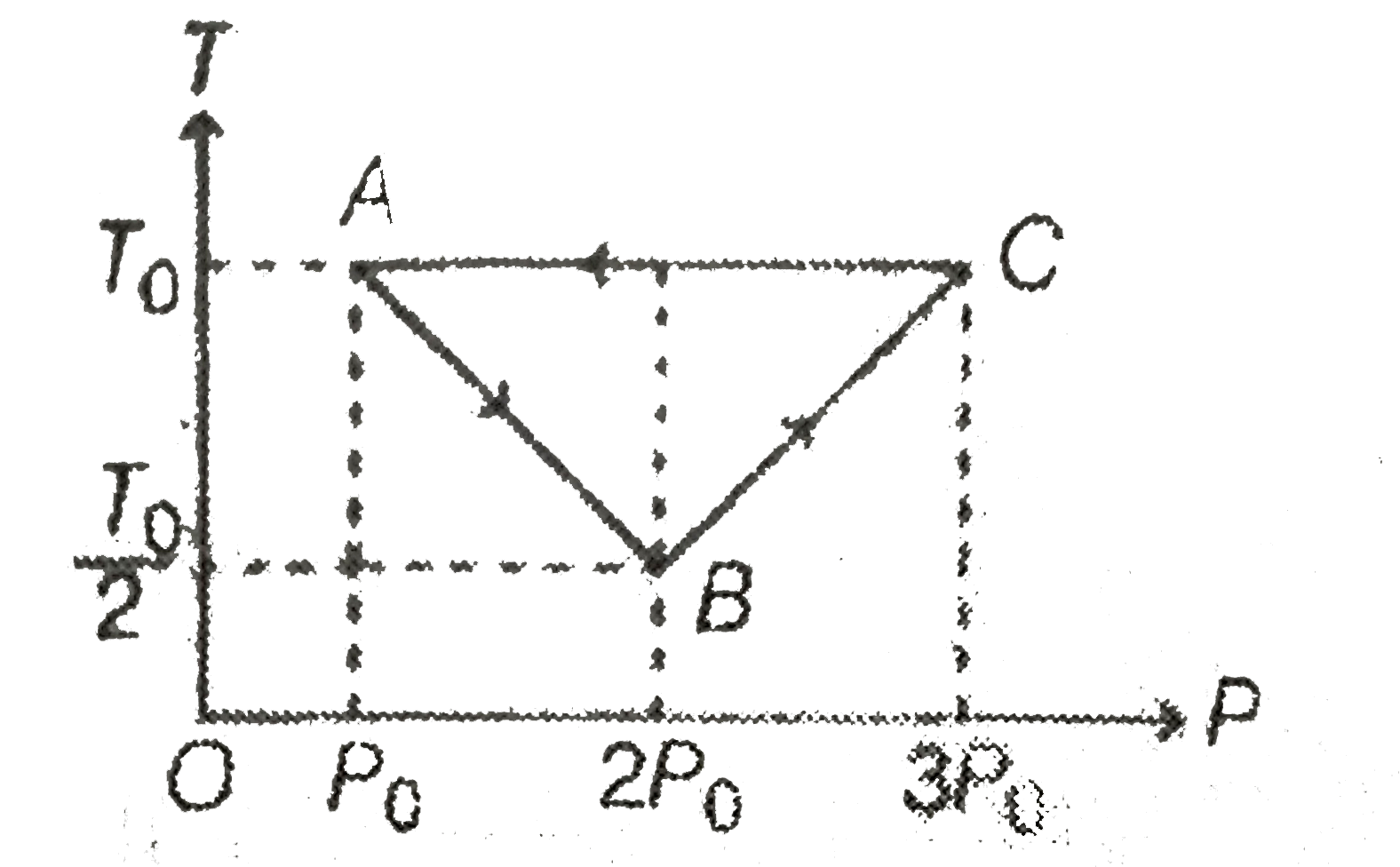The immature male germ cells undergo division to produce sperms by the process of spermatogenesis. Choose the correct one with reference to above.
Spermatogonia have 46 chromosomes and always undergo meiotic cell division
Primary spermatocytes divide by mitotic cell division
Secondary spermatocytes have 23 chromosomes and undergo second meiotic division
Spermatozoa are transformed into spermatids
The correct Answer is:B
In testis, the immature male germ cells (spermatogonia) produce sperms by spermatogenesis. The spermatogonia present on the inside wall of seminiferous tubules multiply by mitotic division and increase in numbers.
Each spermatogonia is diploid and contanis 46 chromosomes. 2n Some of the spermatogonia called primary spermatocytes periodically undergo meiosis. A primary spermatocyte completes the first meiotic division (reduction division) leading to formation of two equal, hapliod cells called secondary spermatocytes, which have only 23 chromosomes each (n).
The secondary spermatocytes undergo the second phage of meiotic dividsion to produce four equal, haploid spermatids. The spermatids are transformed into spermatozoa (sperms) by the process called speromiongenensis.
Related Playlists
- BOOK - NCERT EXEMPLAR ENGLISHCHAPTER - HUMAN REPRODUCTION EXERCISE - VERY SHORT ANSWER TYPE QUESTIONS15videos
HUMAN REPRODUCTION
- BOOK - NCERT EXEMPLAR ENGLISHCHAPTER - HUMAN REPRODUCTION EXERCISE - SHORT ANSWER TYPE QUESTIONS10videos
HUMAN REPRODUCTION
- BOOK - NCERT EXEMPLAR ENGLISHCHAPTER - HUMAN HEALTH AND DISEASESEXERCISE - All Questions69videos
HUMAN HEALTH AND DISEASES
- BOOK - NCERT EXEMPLAR ENGLISHCHAPTER - MICROBES IN HUMAN WELFARE EXERCISE - Long Answer Type Questions6videos
MICROBES IN HUMAN WELFARE
Knowledge Check
- Question 1 - Select One
How many pollen mother cells should undergo meiotic division to produce 64 pollen grains?
A64B32C16D8 - Question 1 - Select One
An ideal gas undergoes isothermal process from some initial state i to final state f. Choose the correct alternatives.
A1.dU=dQB2. dU=-dWC3. dU=0D4. dU=dW - Question 1 - Select One
Identify the figures numbering to a type of cell division showing different stages.

Choose the correct numbering given to different cell division stages of mitosis.AB - Metaphase, C-Early anaphaseBA-Metaphase, B - MetaphaseCA- Prophase, C-Early anaphaseDBoth 1 and 3
Similar Questions

With reference of the above graph, choose the correct alternativesView SolutionWhich of the following cell undergoes first meiotic division during spermatogenesis?
View Solution(a) Name the hormone that initiates spermatogenesis in humans. Describe the process of spermatogenesis in spermatogenesis in sequence mentioning the ploidy of the cells at each step.
(b) Draw the diagram of a mature human sperm and label the parts that : (i) helps it reaching to the ovum . (ii) providing energy for it to reach the ovum. (iii) helping it to gain entry into the ovum.View SolutionGo through the following statements:-
(i). Primary spermatocytes undergo mitotic divisions to produce secondary spermatocytes
(ii). Sperms released from the seminiferous tubules are fuly mature and motile
(iii) The head of sperm possesses may mitochondria which produce energy for the movement of tail
(iv) The human male ejaculates about 20-30 million sperms during a coitus
which of these are correct?View SolutionGerminal epithelium located in walls of______ undergoes constant divisions to produce spermtagonia.Choose the option that fills the blank correctly.
(a) Rete testis
(b) Seminiferous tubules
(c) Epididymis
(d) Vasa efferentiaView SolutionSecondary spermatocytes undergo second meiotic division during spermatogenesis to produce.
View SolutionOne mole of an ideal monoatomic gas is taken through a cyclic process as shown. Choose the correct option(s).
 View Solution
View Solution

